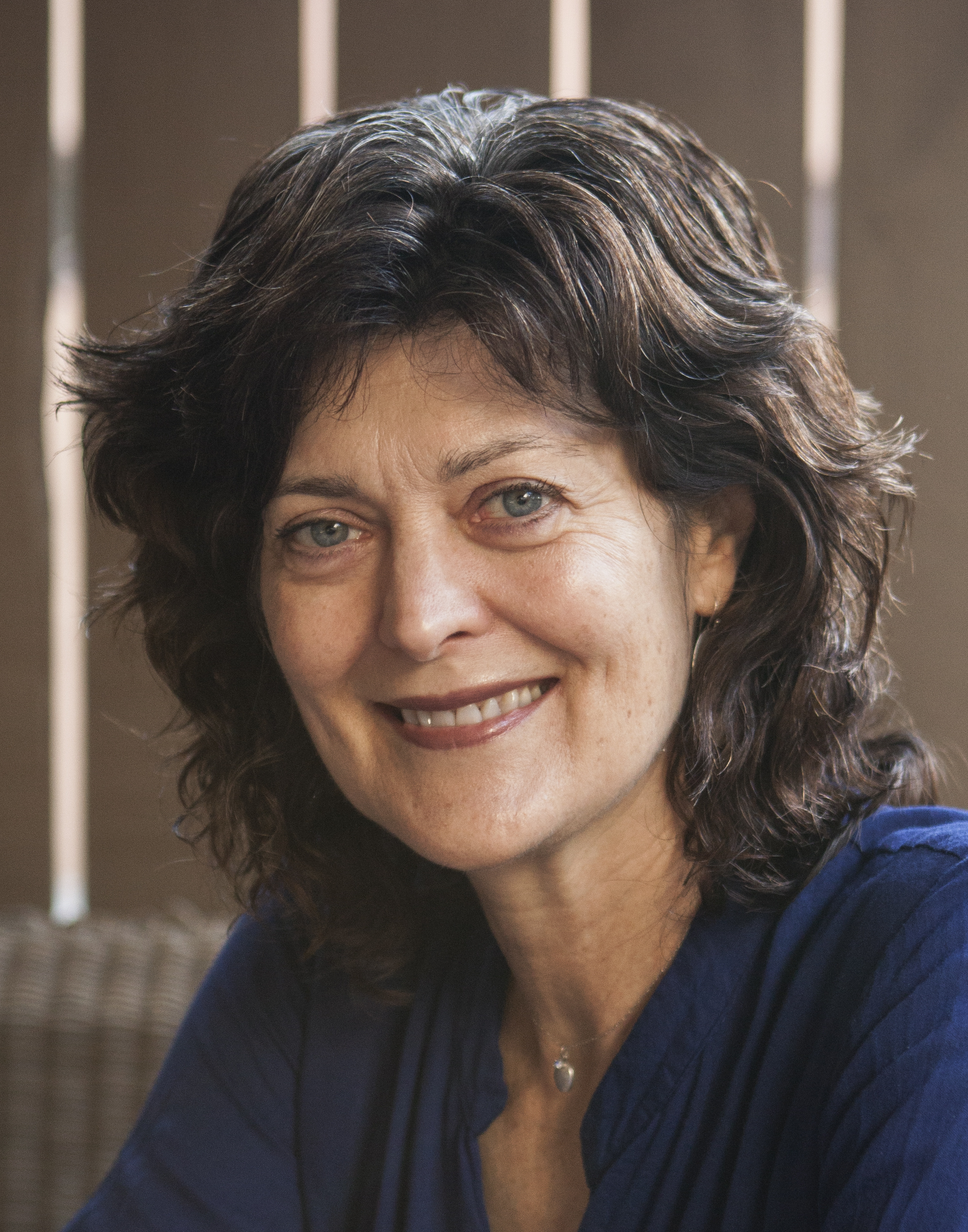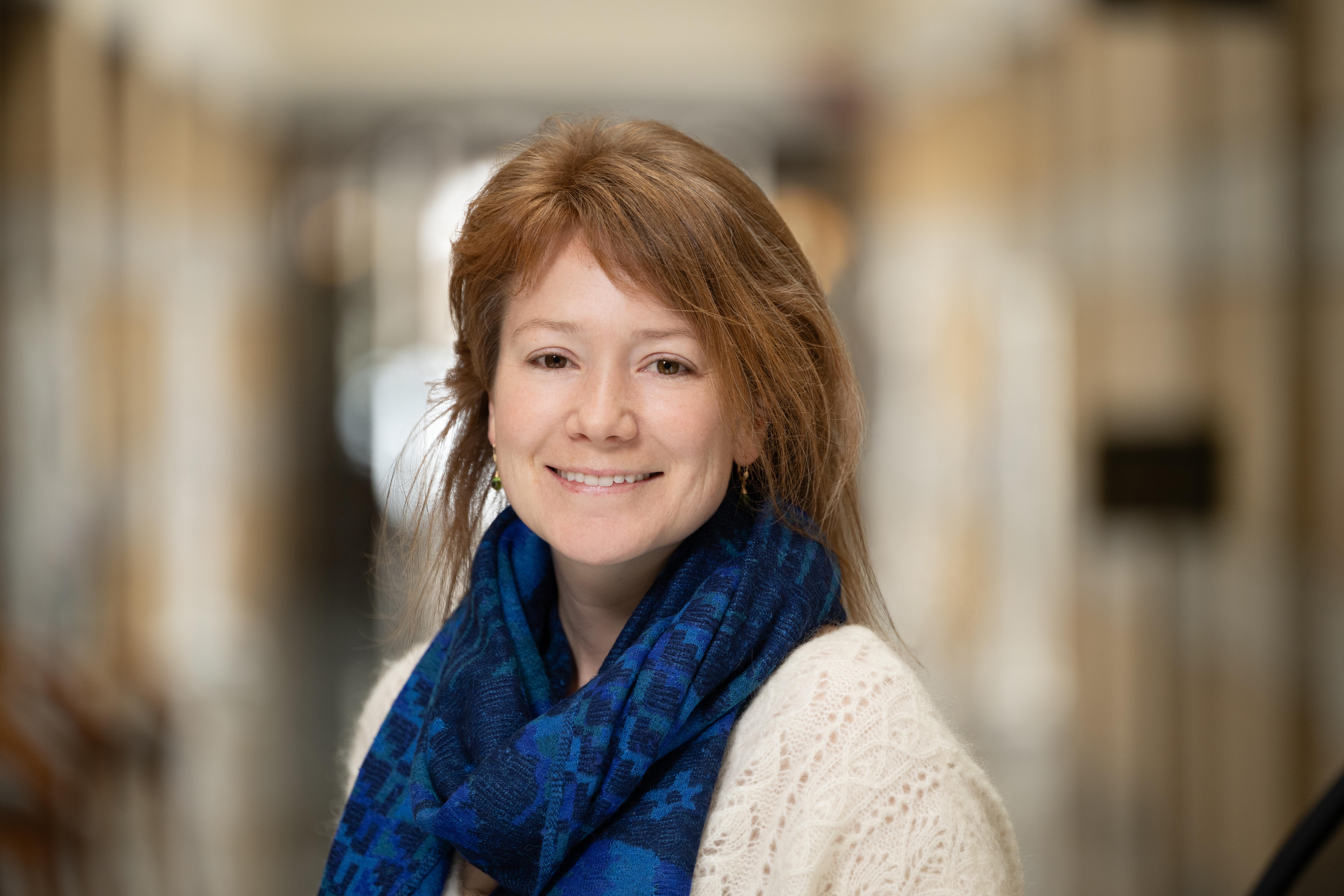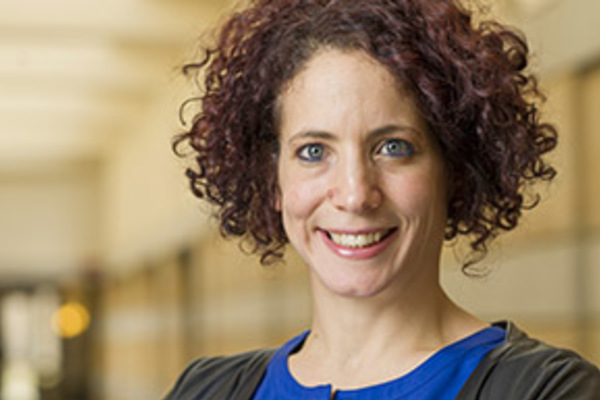The earthquake of the wee hours of 11/9/16 in the U.S. was very different than that of the morning of 9/11/2001, but both have shaken our polity in ways that we did not foresee, and in ways whose consequences cannot be predicted. In our CIHA Blog editorial discussions over the past few days, we have gone through shock, numbness, calm despondency, anger, despair, the knowledge that we need to act, and in at least one case on the part of a young Luce Editorial Assistant, thankfulness that she does not have to go through the same thing in Ghana. All those who would “teach” young Ghanaians about democracy should think about that!
An update for our friends on the African Continent: we will survive, we will persevere, and we will resist. How, we are not yet sure, which is why we need to hear of your experiences and your wisdom, and your emotional as well as action-oriented responses to this cataclysm.
Make no mistake – any idea that the U.S. was somehow immune to fascism and severe threats to democracy, because of its allegedly superior system, should now be laid to rest once and for all. We have elected a misogynist (not the first), racist (also not the first), would-be authoritarian and at least quasi-fascist as president. If this Blog is to continue to enact its mission of removing paternalism and neo-colonial belief in western superiority, this fact needs to sink in for all of us.
For many in the U.S., he will become “the” president, but he does not represent us, what we stand for, or what we strive for. We need to continue to find ways to say this, all the while not hurting those who are likely to suffer the most from the new configuration of power in the country. My in-box is flooded with civil society and NGO statements of solidarity and resistance. Planned Parenthood (which provides both cancer screening and other forms of essential health and reproductive rights care for women, and whose funding Republicans, who will control all branches of government, plan to eliminate), stated simply: “These. Doors. Stay. Open.” Lambda Legal, the LGBTQ legal rights organization announced: “It hurts,” but “we will stand with you.” Gun control, women’s rights, prisoners’ rights, and environmental organizations, and opinion columnists are fighting through the disbelief, pain, and worry for all they try to help and protect.
So, what’s next? We, on our side, will work with these organizations and dig into our pockets to support their efforts. We will gather in public places to protest building a wall, deporting immigrants, decimating immigrant families, bullying LBGTQ, Muslim, Black, and Brown people, creating a Muslim registration list, negating the Paris Accords, threatening war, disrespecting women, tearing apart the Affordable Healthcare Act, and eliminating funding for food stamps, urban and rural schools, unemployment insurance, and government loans for higher (tertiary) education, among many other threats.
At our recent CIHA Blog conference in South Africa, we half-joked about the necessity of additional forms of activism, and additional types of NGOs we would need but usually don’t see in the U.S. We mentioned election monitors to call out voter intimidation, and the need of a Truth and Reconciliation Commission to heal societal wounds, and surveillance of ongoing rights violations against Muslims, Latinxs, African-Americans, and immigrants. I suggest, however, that many of the NGOs and FBOs that work on monitoring rights and development issues in Africa should indeed come to the U.S. and realize that all of them need to be done right here at home. Those who work to foster unity across ethnic and religious groups in Africa need to do the same here, too. Again, there is no superiority on this side of the world. Those who watch media freedoms in Africa and other places around the globe need to make sure that the U.S. media is doing its job in thoroughly covering Trump’s upcoming trials for fraud (re Trump University) and alleged rape many years ago (of a then-13-year-old girl). They need to call out the estimated one billion or more dollars of free advertising that the Trump campaign received during the primaries and beyond, and they need to condemn last year’s statement by Les Moonves, CEO of CBS (one of the major U.S. broadcasting companies) that giving so much free coverage to Trump was good for business. Transparency International and Reporters Beyond Borders need to cover and “rate” all of these things. They and others in the U.S., Africa and around the world need to call out the lies of Fox News, Breitbart, and the white supremacist “alt-right.” We all need to make sure that the new administration does not carry out the vengeance against the press that it has threatened throughout this horrendous campaign. In other words, the world needs to be watching to help ensure U.S. freedoms. This kind of work should never have been seen as a one-way street – the west “teaching” Africa (one of the things we critique on this Blog)– but learning and monitoring really does need to be a mutual and egalitarian endeavor.
We are a Blog that focuses on both critical perspectives and bringing in religious voices from and about the Continent. Some feel forsaken by God or the gods; some say that we have to recognize that this outcome was God’s plan; others might think we are being punished, or that this election is hastening the end of the American empire; still others, of course, reject any role for God or the gods at all. Still others argue that God would never “plan” such an outcome, but now is calling us to figure out how to stand up much more forthrightly in favor of justice. Many Muslims feel especially anxious; indeed at the time of this writing Muslim university students have already been attacked, and the KKK is emboldened. We need NGOs and others to monitor vulnerable populations and condemn such attacks. We also need religious leaders to call out their brothers and sisters in the U.S. who are promoting division, and heed those who are articulating ways to transcend the divisiveness.
And – hard as it might be, we need to understand those who voted for this outcome, whether out of racism, misogyny, xenophobia, economic entitlement, economic injury, the worry that they are increasingly left out of the political process, their desire for a messiah to “fix” some defined or vague ill, or some combination of the above. NGOs and faith-based organizations from the U.S. and the west often go to “conflict zones” in Africa and elsewhere to promote “dialogue” and “healing.” What does this look like, exactly? Does it matter? Does it help? We in the U.S. have not been talking to each other for some time. We listen to radically different newscasts (some of which are powerful yet promote blatant falsehoods), read different sources, believe different narratives. Yet we go abroad to help others engage in dialogue and peacebuilding. Our Blog worries about the paternalism that is often involved in such efforts – now we insist that we examine our own backyard, for bigotry, racism and misogyny, but also for paternalism on the part of the “educated” classes. A whole constellation of these and other efforts, activism, and resistance is imperative in the U.S. now. Who will help? How shall we move forward?
We are gathering reactions from Africa. In the meantime, we await your responses and suggestions.



















